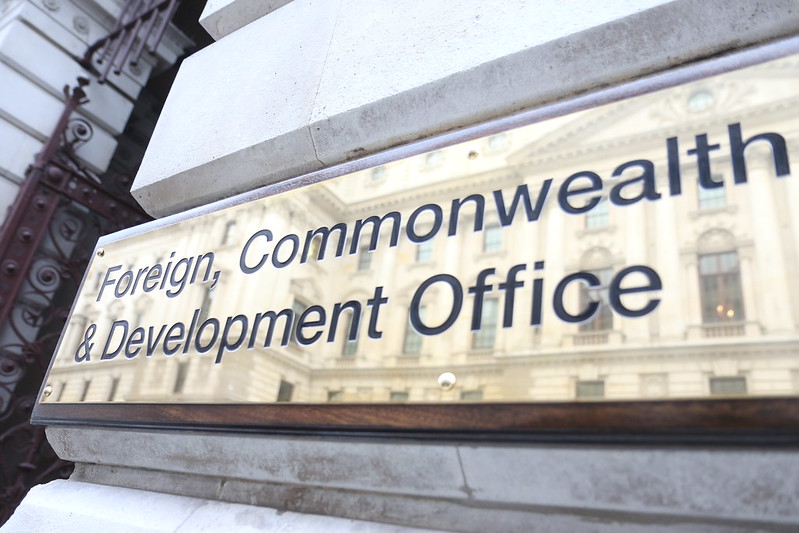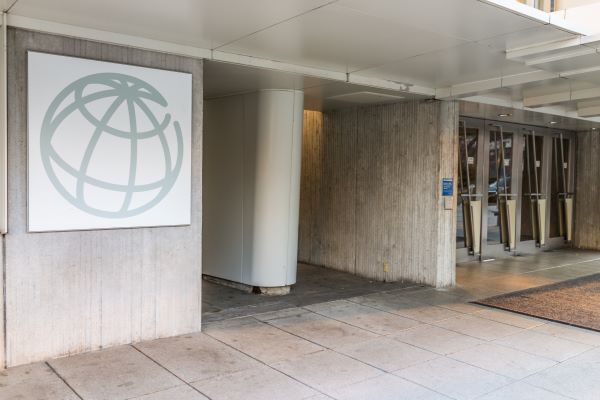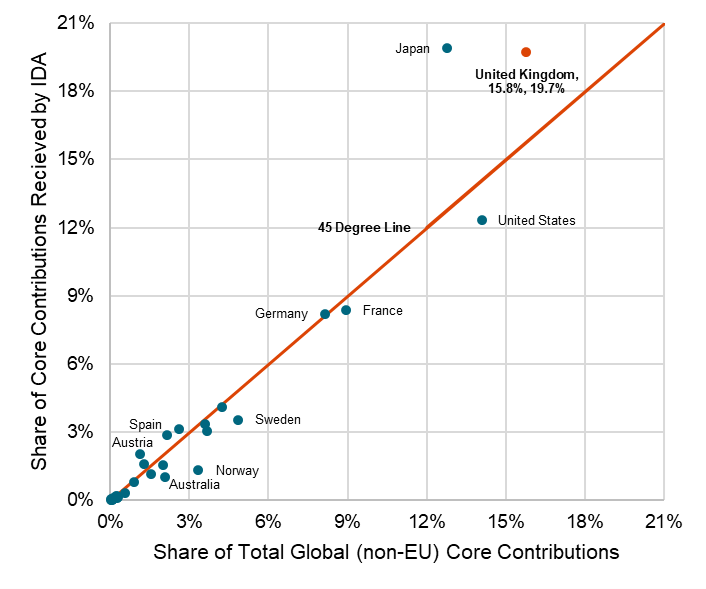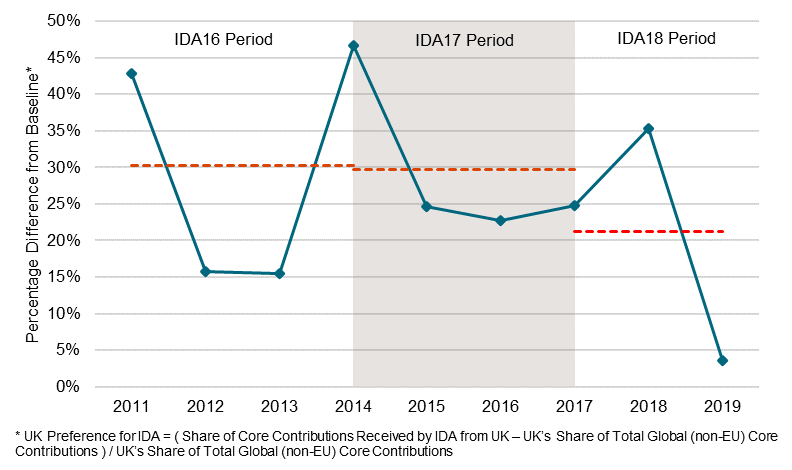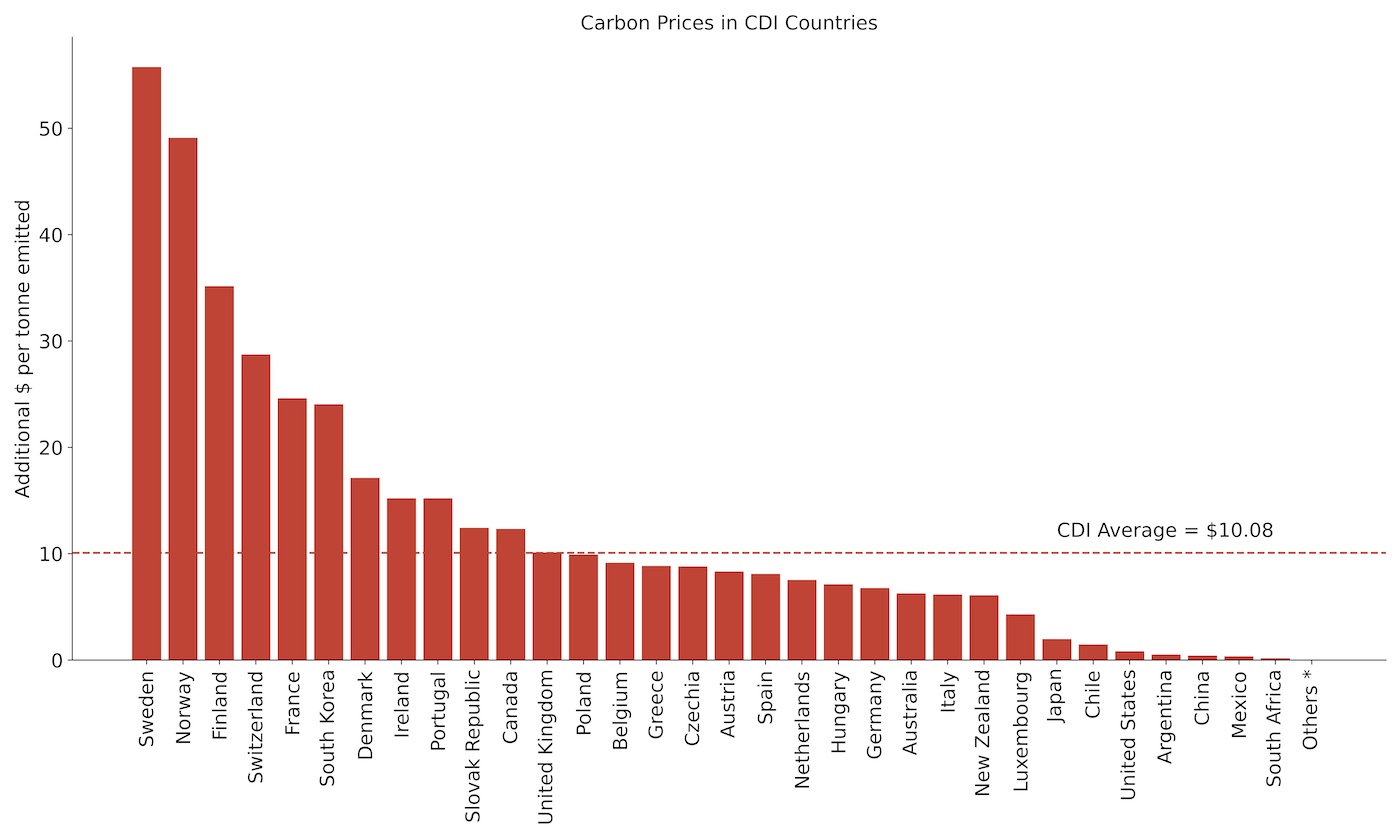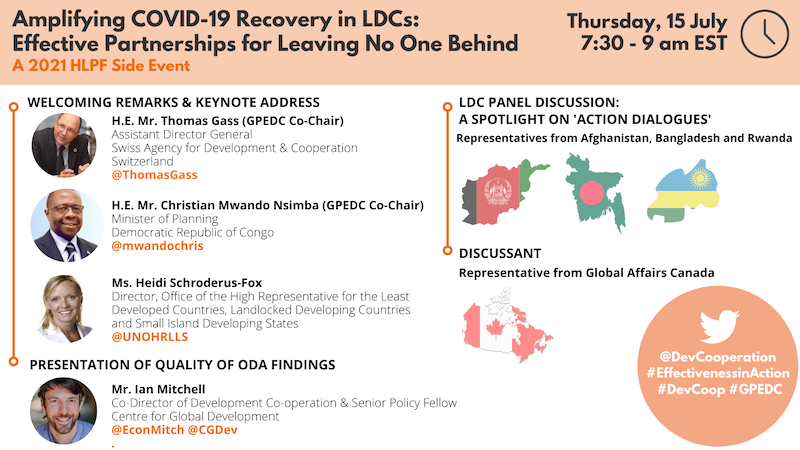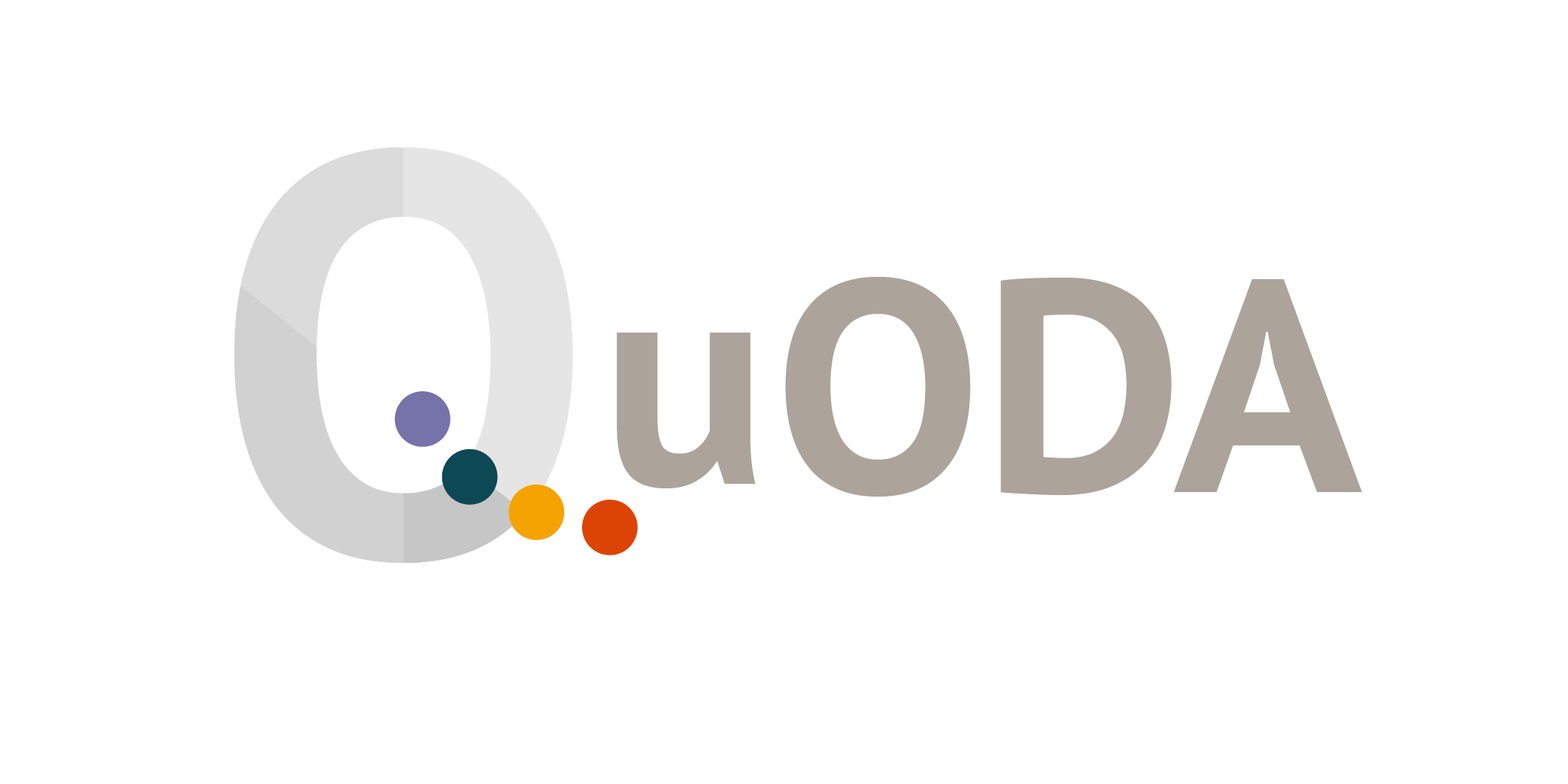Recommended
The UK made the largest absolute contribution in the last replenishment of the World Bank’s International Development Association (IDA), the bank’s main instrument for assisting the world’s poorest countries.
As the World Bank mobilizes for the IDA replenishment next month, we take an analytical look at the UK’s previous allocations to IDA. In particular, we develop a measure to assess the UK’s relative “preference” for IDA; and then compare this to the other multilaterals it supports, to other providers, and over time. We conclude with a look at IDA’s performance and the wider context of the UK’s replenishment decision.
Measuring preferences for multilaterals
In order to show the extent to which the UK has a preference for IDA in its multilateral aid allocation, we compare the UK’s revealed preference for IDA with other multilateral organisations; with the allocations of other providers; and over time.
We focus our analysis on core contributions to multilateral agencies, which comprised $43bn (28 percent) of the $152bn of aid (Official Development Assistance) provided by DAC countries in 2019. We also exclude core contributions to the European Union (EU) from our analysis, as EU members do not have direct discretion over these contributions and non-members cannot contribute.
We measure a donor’s “preference” for a multilateral relative to a baseline expectation: by comparing a country’s share of funding for a particular multilateral with its share of funding for all multilaterals. For instance, we might expect that IDA would receive a similar share of its contributions from the UK as the UK’s share of global contributions (which is just under 16 per cent). The difference between these two shares becomes our measure for the UK’s preference for IDA. Hence the general formula for our preference measure is:
This measure takes donor effort in support for multilaterals as a given and adjusts for the absolute size of a donor’s multilateral aid budget. Hence it should be noted that a low preference score does not necessarily mean that a donor provides little support to a multilateral (indeed, their core contributions may be significantly larger than other donors’, both in absolute USD terms and as a percentage of GNI). Rather, our measure captures the extent a donor prioritises a particular multilateral in the allocation of their multilateral aid budget, which is taken as given.
The UK has a strong preference for IDA compared to other multilaterals
We first turn to look at the UK’s preference for IDA compared to its preferences for other multilaterals, considering fifteen of the largest multilaterals organisations.
The UK registers a strong preference for IDA over most other multilaterals when using our preference measure. In fact, IDA is the UK’s third most preferred major multilateral partner, ranking alongside the IMF, Gavi, and the Global Fund. The UK provided 19.7 percent (USD 5,425 million) of IDA’s core contributions received between 2017-19, above its 15.8 percent share of total global core contributions to all multilaterals. This generates its strong preference score of 24.9 percent. IDA is one of the few major multilaterals to which the UK’s contribution was above its global share.
Note: To adjust for the “lumpiness” of core contributions to multilaterals, where donor disbursements can significantly vary from year to year, we assess donor preferences across the three years 2017-19 (approximating the IDA18 replenishment period of July 2017 to June 2020).
Figure 1: UK Preference for IDA vs Other Organisations in its Multilateral Aid Allocation, 2017-19 Period
Note: Though the UK’s preference for the IMF dwarfs its preferences for other multilaterals, this may be considered an outlier driven more by the decisions of other donors to not contribute, rather than the UK’s decision to contribute (the UK provided 96 percent of the IMF’s core ODA contributions between 2017-19). Still, it’s clear that the UK prefers IDA relative to most multilaterals.
The UK has a strong preference for IDA compared to other donors
The UK’s revealed preference for IDA is also apparent when compared to other donors’ measured preferences for IDA. The UK has the 6th strongest preference for IDA out of the group of 29 DAC countries. Amongst the other major donors, only Japan has a stronger preference (55.4 percent): Germany (1.0 percent), France (-6.7 percent) and the US (-12.5 percent) demonstrate a weaker relative preference for IDA than the UK.
Figure 2 helps to visualise how our preference measure is calculated, and to compare across donors. The 45-degree line represents our baseline, where a donor’s share of total global contributions and their share of contributions received by IDA are equal. The further above the line a donor is relative to the distance under the line, the higher their measured preference. Donors below the baseline register a negative preference.
Figure 2: Share of Global Multilateral Core Contributions vs Share of IDA Replenishment by DAC Member, 2017-19 Period
Source: Center for Global Development Analysis using the OECD dataset for Members’ Total Use of the Multilateral System
The UK’s preference for IDA has been sustained over time
Finally, we can also note that the UK’s preference for IDA has been sustained over time. Across the 2011-19 period for which data is available, the UK has consistently registered a strong positive preference for IDA on our measure, providing a greater share of IDA replenishments than its share of total global core contributions would suggest.
Figure 3: UK Preference for IDA in its Multilateral Aid Allocation, 2011 to 2019
Source: Center for Global Development Analysis using the OECD dataset for Members’ Total Use of the Multilateral System
Averaging across time to account for the aforementioned “lumpiness” of disbursements reveals strong scores in the IDA16, IDA17 and IDA18 replenishment periods (see dashed lines in Figure 3 for period averages). In fact, though above we have been examining the IDA18 period, the UK’s revealed preference for IDA was actually higher in earlier replenishment periods.
Should the UK continue to prioritise IDA?
We have shown that the UK has a strong revealed preference for IDA relative to the other major multilateral organisations, compared to other DAC countries, and over time.
Alongside other donors, the UK will shortly pledge its contribution to the IDA20 replenishment, and despite its historic preference, will need to balance a range of factors.
Following its drastic ODA cuts, the UK has much-reduced resources–although so far the UK’s bilateral aid has borne most of the cuts.
IDA is notable for its strong QuODA score in 2021, ranking 3rd overall and above every bilateral provider assessed. It was also assessed in the top category of the UK’s 2011 and 2016 multilateral aid reviews, offering “very good” for value for money.
Further, as the largest absolute funder at the last replenishment, the UK may benefit from an outsized influence at one of the world’s most important development institutions, should they continue to prioritise IDA in their multilateral aid allocation. However, following a data manipulation scandal, the World Bank has recently dropped its flagship Doing Business Survey and there remain questions about inappropriate shareholder influence.
UK policy-makers will need to balance IDA’s strong performance metrics against a much-reduced aid budget and these concerns but, if the UK does step back, it will mark a significant shift from its historic preference.
Disclaimer
CGD blog posts reflect the views of the authors, drawing on prior research and experience in their areas of expertise. CGD is a nonpartisan, independent organization and does not take institutional positions.



